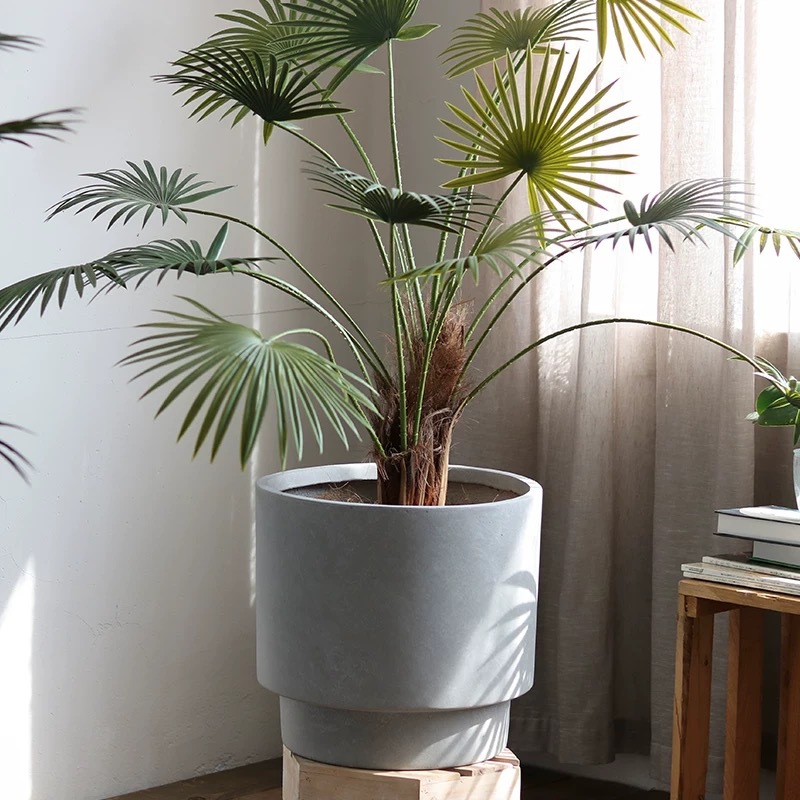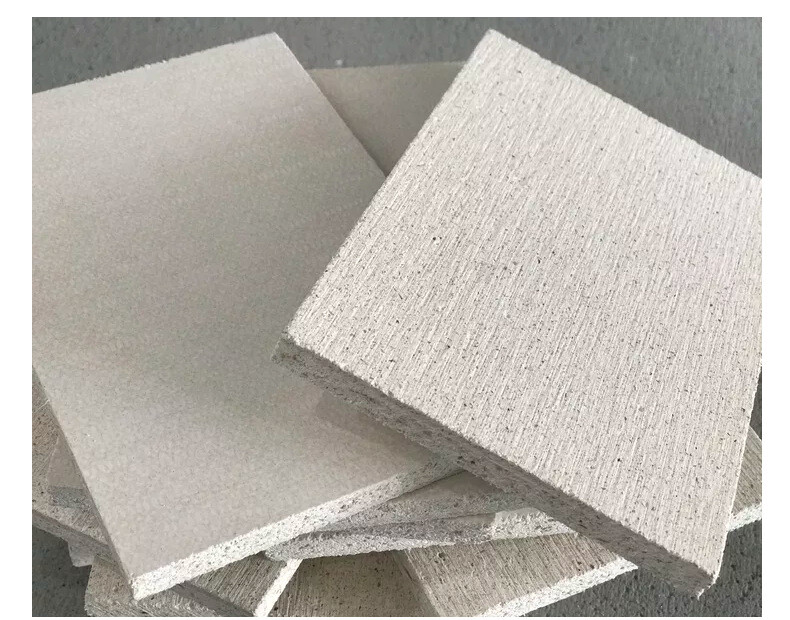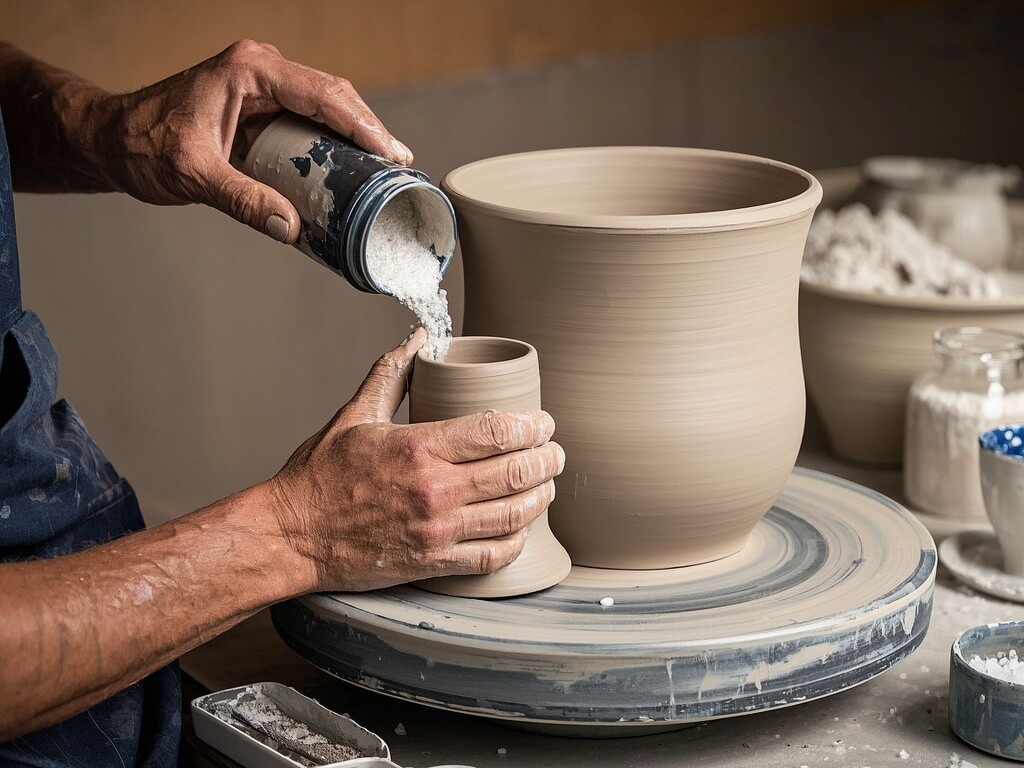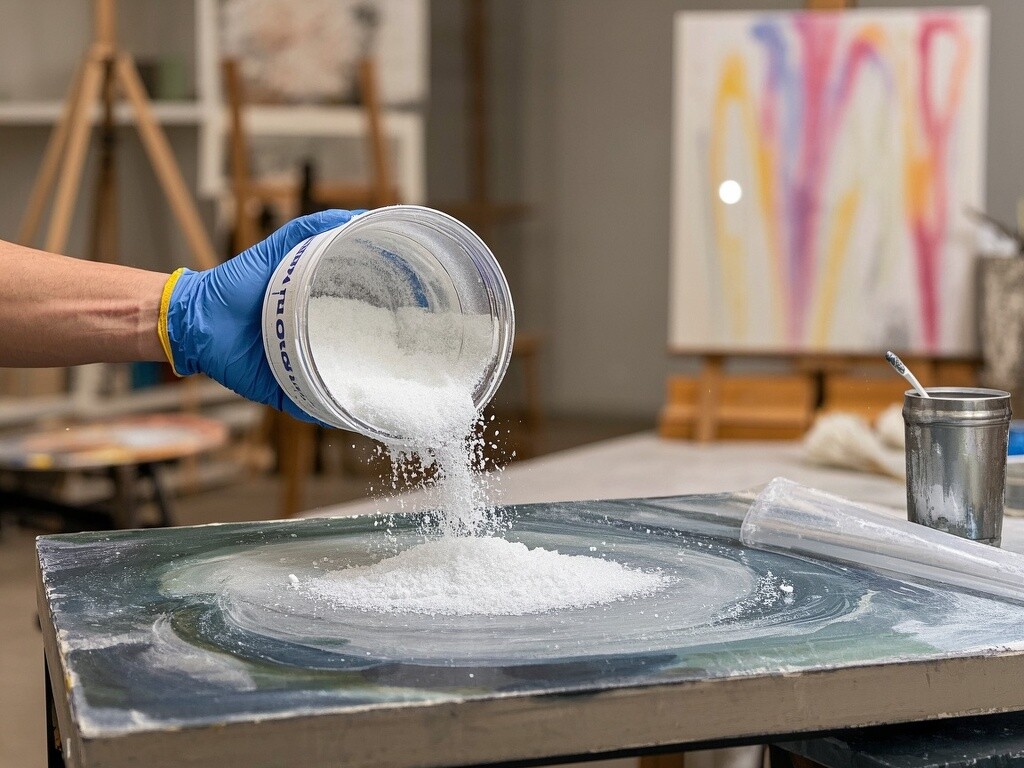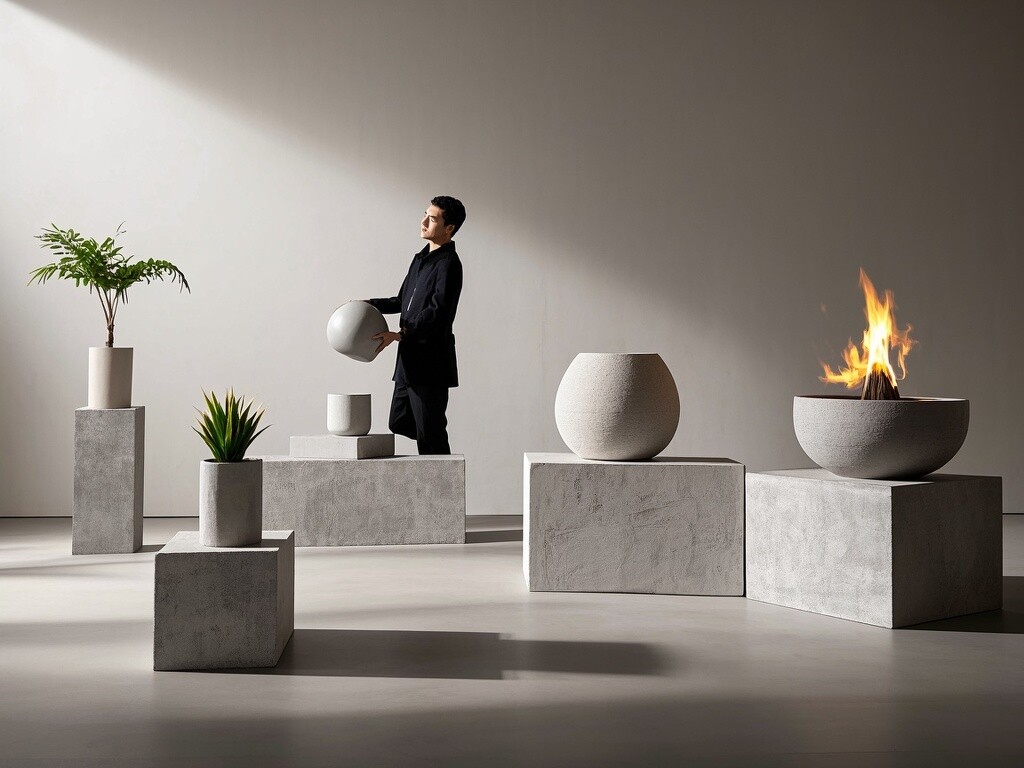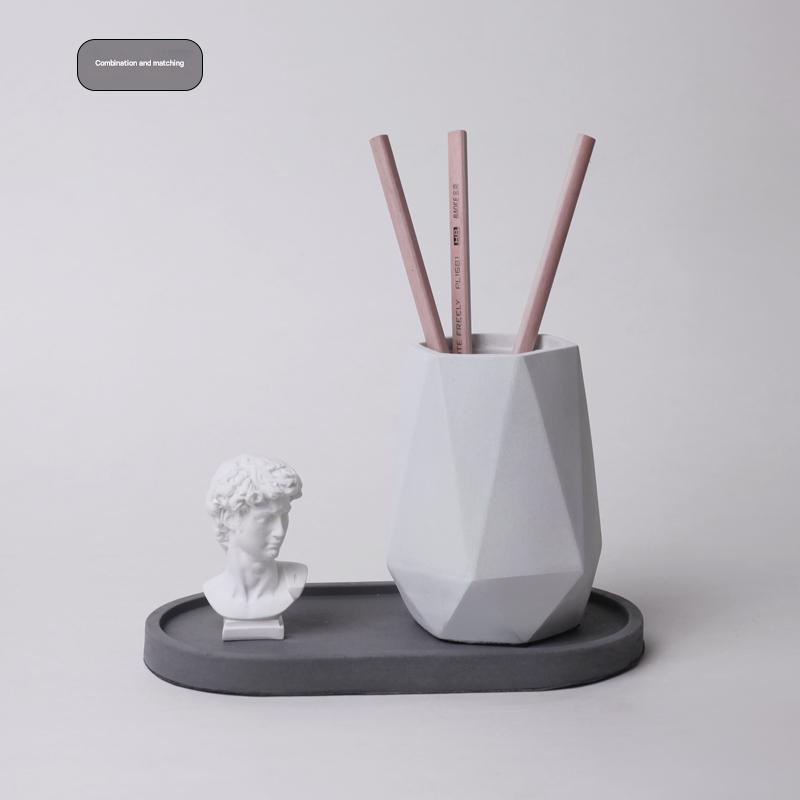Knowledge Forum
Magnesia clay flower pots are made by mixing light-burned powder and brine in a specific ratio. Modifiers, reinforcing materials (such as short fibers), and auxiliary materials (fly ash, sawdust, etc.) are then added. The mixed slurry is poured (or applied) into a mold cavity lined with fiberglass cloth, cured, and then demolded to create the desired flower pot.
Advantages of Magnesia Cement Flower Pots
1) Environmentally Friendly. Magnesia cement flower pots are made from magnesia cementing material, extracted from natural minerals. Magnesia cement flower pots are free of harmful substances and highly safe. With the growing demand for environmentally friendly products and rising living standards, people's pursuit of a higher quality of life is also increasing. Magnesia cement flower pots, which are non-fired and pollution-free, perfectly meet people's current and future needs.
2) Lightweight and High-Strength. Magnesia cement flower pots are lightweight and high-strength. The strength of pure magnesia cement slurry can reach over 80 MPa, and with the addition of auxiliary materials, the strength can be increased to over 20 MPa, which is absolutely sufficient for magnesium clay flower pots. Compared to cement flowerpots of the same size, magnesia cement flowerpots weigh only half as much, giving them a significant advantage in transportation.
3) Cost Savings
① Abundant magnesite resources reduce raw material procurement costs. The raw materials for magnesia cement flowerpots include magnesium oxide, magnesium chloride, fly ash, river sand, sawdust, mesh, and molds. Magnesium oxide costs approximately 800 yuan per ton at the source, magnesium chloride around 600 yuan per ton, fly ash around 100 yuan per ton, and mesh 1.5 yuan per meter, including shipping costs. For mass production, the weight of the flowerpot after demolding varies depending on the region. The cost can be kept between 1 and 1.5 yuan per kilogram. For example, a 5kg flowerpot costs between 4 and 7.5 yuan.
② The process, which does not require high-temperature roasting, reduces production costs. Magnesia cement production is mostly done by hand, relying more on labor than machinery. At normal production capacity, each worker can produce 120 25x25 cm flower pots per day. From small home workshops to large enterprises, the number of workers required ranges from one to several.
③ Fast product molding and demolding speeds reduce time costs.
Related knowledge forum

With over ten years of experience in the research and development of magnesia materials, we inject scientific and technological value and green connotations into your products with our full industry chain technology system and innovative solutions.
Get in Touch
Search from here……

